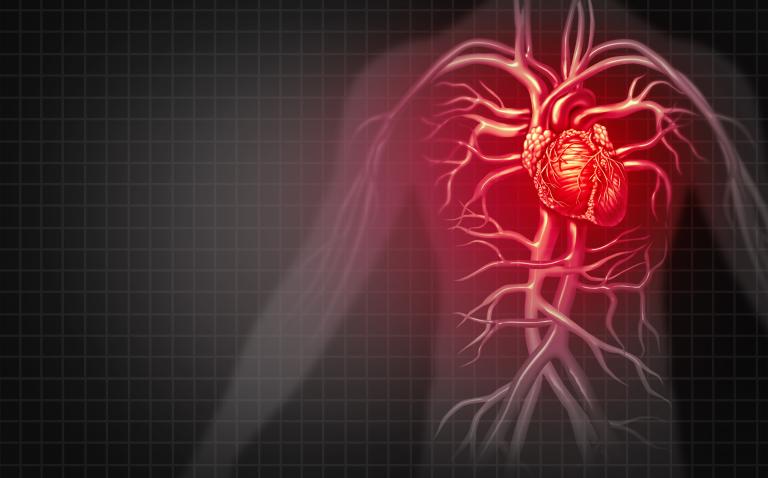An implanted cardiac defibrillator (ICD) can effectively put a stop to any underlying cardiac arrhythmia, a study has found [24 October 2018].
In a long-term observational study involving 1500 patients, researchers from MedUni Vienna’s Department of Medicine II (division of cardiology) have shown that the programming selected for the implanted defibrillators (ICDs) plays a major role.
It was found that the most “defensive” possible procedure was safe and, at the same time, significantly reduced inappropriate therapy.
People with implanted cardiac defibrillators (ICDs) are carrying a form of life insurance in their chests, researchers explained. This is only meant to be activated if their hearts lose their rhythm to such a degree that their lives are in acute danger: this primarily concerns ventricular tachycardia or atrial fibrillation.
Depending upon the situation, the ICD emits a painless pulse or immediately gives a (painful) electric shock until normal cardiac rhythm has been restored. “Unfortunately, in some patients, this therapy overshoots the mark. This results in premature or unnecessary shocks with the associated detriment to quality-of-life,” says study author Achim L. Burger from MedUni Vienna’s Division of Cardiology.
“In this study we compared customised ICD programming, standard programming and programming with extended detection times,” said Mr Burger.
Study author Thomas Pezawas from the MedUni Vienna’s Division of Cardiology, added: “Our department has used the extended detection time (the time before the ICD kicks in) since 2010 and this gives the heart a chance to regain its rhythm spontaneously.”
Compared with standardised programming, programming with extended detection times could reduce the number of unnecessary ICD shocks by 29%. The study also showed that this procedure is equally appropriate for all patients, irrespective of their gender, underlying disease or type of device.
“We can refer to excellent results accompanied by very high levels of patient safety. Previously published annual rates for the number of unnecessary ICD shocks were between 5.1 and 7.9%. We are now aiming for 3.7%, which will be a top international value,”said principal investigator Thomas Pezawas, summarising the results, which have now been published in ‘Circulation J’.
The results will also be important for other defibrillator centres, since the data available in this field was previously very thin. These new findings should also “encourage other centres to adopt a less aggressive programming strategy”, say the MedUni Vienna experts, with the aim of achieving excellent protection from sudden cardiac death while reducing the number of inappropriate shocks.
The recommendation made by the study authors to allow the ICD to “observe” for slightly longer (a matter of seconds) before reacting, “could drive a paradigm shift in treatment” researchers said.
The present publication was produced at MedUni Vienna (division of cardiology, principal investigator Thomas Pezawas). The department is a centre of excellence for implantable devices with more than 25 years’ experience of using ICDs.
Reference
Defensive Implantable Cardioverter-Defibrillator Programming Is Safe and Reduces Inappropriate Therapy – Comparison of 3 Programming Strategies in 1,471 Patients. Burger AL, Stojkovic S, Schmidinger H, Ristl R, Pezawas T. Circulation J. 2018 Sep 29.
doi: 10.1253/circj.CJ-18-0611.










